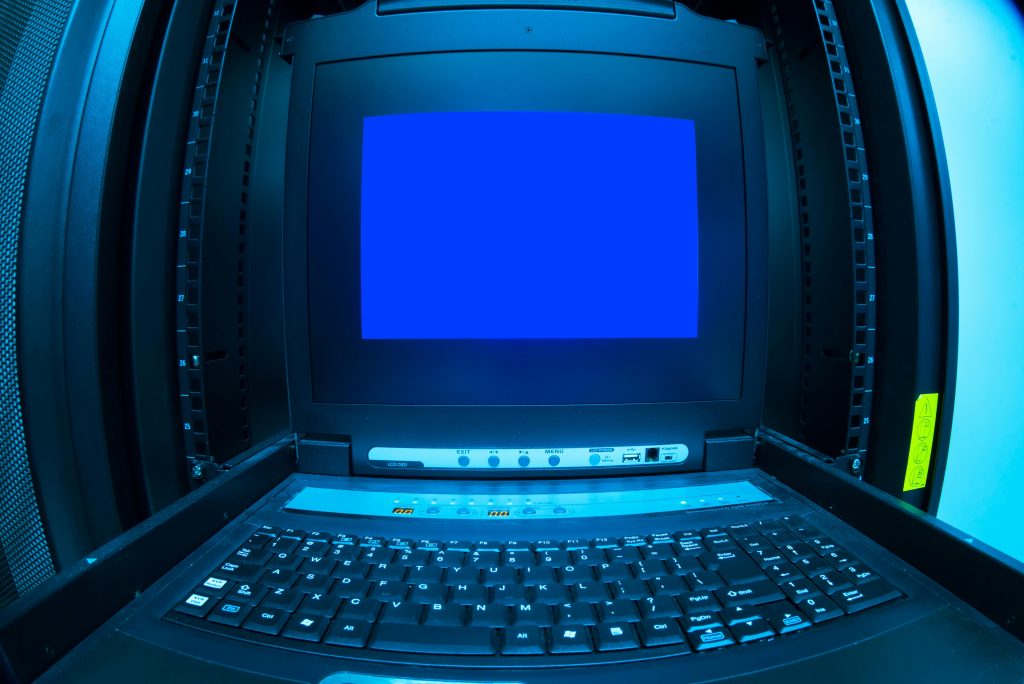Troubleshooting Windows 11 Boot Issues: A Comprehensive Guide
Modern operating systems like Windows 11 provide a seamless and efficient user experience, yet they aren’t immune to technical issues that can disrupt daily activities. Imagine being engrossed in a lively conversation on Discord when suddenly, your computer freezes. You try the usual quick fixes—holding down the power button—but this time, it’s not so simple. Welcome to the world of boot issues, where Windows 11 decides to play hard to get.
This blog post will explore this scenario in depth, providing detailed methodologies to resolve boot issues, protect data, and analyze the root causes. We’ll walk through potential fixes step-by-step, offering insight and practical tips along the way.
Understanding the Problem: Symptoms and Initial Reactions
You’re happily engaged on your computer when it suddenly locks up, frozen and unresponsive. You press the power button for five seconds—a universal hard reset method—and upon reboot, you’re greeted by the dreaded Automatic Repair screen. The message continues with “Windows did not boot correctly,” suggesting a simple restart, but to no avail. Additional prompts direct you to try a system restore, leading only to more frustration as the attempts prove futile. Another reboot announces: “Repairing disk errors.” Finally, you see text suggesting an issue with boot devices.
Initial Assessment: What Could Go Wrong?
In layman terms, several issues might be at play:
-
Disk Integrity Issues: One of the most common causes of boot troubles is disk errors. These might occur due to abrupt shutdowns, power failures, or disk hardware issues.
-
System File Corruption: The unexpected freeze might have resulted in corruption of crucial system files, impeding the startup process.
-
Boot Configuration Data (BCD) Errors: Your Boot Configuration Data might be corrupted or incorrectly configured, leading to boot failures.
-
Hardware Malfunctions: Occasionally, boot issues are linked to hardware problems such as faulty drives or connection issues.
-
Malware Infection: Malware sometimes impacts system files or the boot process itself, causing startup issues.
The Path to Resolution: Steps to Reboot Success
Here are several potential strategies to tackle Windows 11 boot issues:
1. Utilize the Startup Repair Tool
The Startup Repair Tool is your first line of defense. It’s an automated Windows utility aimed at fixing common startup problems.
How to Access and Use:
- On the Automatic Repair screen, click on Advanced options.
- Navigate to Troubleshoot > Advanced options > Startup Repair.
- Follow the on-screen instructions to allow Windows to detect and resolve issues.
2. Restoring Your System with System Restore
If Startup Repair doesn’t bedazzle Windows back to life, System Restore might be your fairy godmother. This feature allows you to bring your system back to a previous state that was operational, effectively undoing recent system changes.
How to Use System Restore:
- Choose Advanced options on the Automatic Repair screen.
- Navigate to Troubleshoot > Advanced options > System Restore.
- Follow the steps to restore your system to a prior working state.
3. Repair Disk Errors with CHKDSK
After attempting the basic fixes, running a command-line utility to check disk health might help. CHKDSK (short for “check disk”) scans and attempts to repair disk corruption.
Steps to Run CHKDSK:
- Boot from a Windows installation media if you cannot access the recovery environment.
- Select Repair your computer at the Setup screen.
- Head over to Command Prompt from the advanced options.
- Enter the command:
chkdsk /f /r.
This process might take a while, as it performs a thorough check across all disk sectors.
4. Verify and Correct BCD Problems
Corrupt Boot Configuration Data can also prevent your system from booting correctly.
Fix BCD with these Steps:
- Access Command Prompt via advanced startup options.
- Type the following commands one after the other, pressing Enter after each:
bootrec /fixmbr
bootrec /fixboot
bootrec /scanos
bootrec /rebuildbcd
5. Consider a Clean Installation
If all else fails, a clean installation may be necessary. This last resort entails reinstalling Windows 11 from scratch, a process that will lead to data loss unless backed up.
Steps to Perform a Clean Install:
- Boot from Windows installation media (USB or DVD).
- Follow the on-screen prompts after selecting Install Now.
Data Safety: Protecting What Matters
While the technical resolutions are crucial, ensuring data safety is imperative. In many scenarios, your files remain unaffected on intact hard drives despite boot issues. However, precautions should always be prioritized.
Backing Up Data via Safe Mode:
Your first step should be booting into Safe Mode, which enables a minimal, stable version of the OS to load.
- From the Automatic Repair screen, navigate through Troubleshoot > Advanced options > Startup Settings.
- Choose Enable Safe Mode with Networking.
- Use this environment to copy essential files to an external drive or cloud storage for safekeeping.
Regular Backup Plans
Preventive measures always trump curative efforts when it comes to data. Comprehensive backup strategies such as employing Windows Backup and Restore or engaging third-party software solutions like Acronis True Image can safeguard digital information for future unexpected incidents.
Conclusion: Prevention is the Cure
Navigating the labyrinth of Windows boot issues can be daunting, but armed with these tactics, you’re prepared to tackle most problems. Beyond solving the immediate crisis, investing time in preventive measures will cushion potential future issues. Regular system updates, strict malware protection, and consistent backups forge a robust defense against the unpredictable tech whims that can stymie the best of systems.
Remember, while technical prowess is invaluable, never hesitate to reach out to professional support when issues persist. Let this guide be a companion in maintaining system integrity, ensuring smooth sailing in the digital realm of Windows 11.
Share this content:




Response to Windows 11 Boot Issues
Thanks for the comprehensive guide on troubleshooting Windows 11 boot issues. It’s a common frustration many users face, and your detailed steps provide a clear path to resolution. Here are a few additional tips and insights that may enhance your troubleshooting process:
6. Check for Peripheral Conflicts
Sometimes, external devices can interfere with the boot process. Before booting, try disconnecting all unnecessary peripherals (USB drives, printers, etc.) and see if the system starts successfully. This might help isolate the issue.
7. Update BIOS/UEFI Firmware
If all other methods fail, consider checking for any updates to your BIOS/UEFI firmware. Outdated firmware can sometimes lead to boot compatibility issues with the latest Windows updates.
8. Review Event Viewer Logs
Once you regain access to your system, consider reviewing Event Viewer logs for any critical errors leading up to the boot issue. Search for logs under Windows Logs > System that may give additional insights into what went wrong.
9. Consider Windows Recovery Environment (WinRE)
If you’re continually running into this issue, utilizing the Windows Recovery Environment can offer additional repair options such as Uninstall Updates, <
Hi there,
It sounds like your Windows 11 system is encountering startup issues that might be related to disk errors, corrupted system files, or boot configuration problems. Based on your description, I recommend trying the following steps to diagnose and resolve the issue:
chkdsk /f /rand press Enter. This will scan and repair disk errors, which might be causing boot problems.